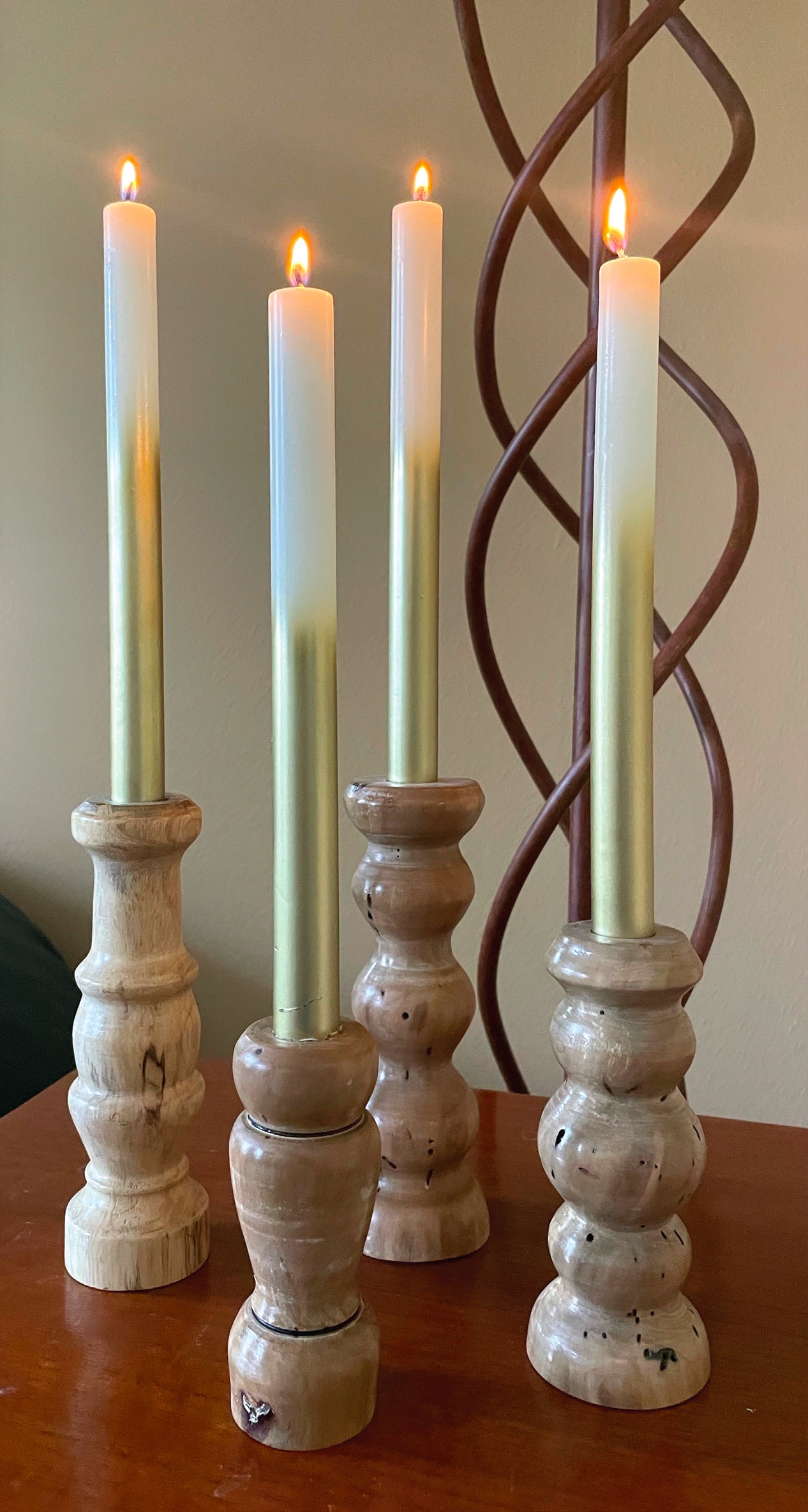When friction is a good thing
Dr. Ken Hope, STLE President | TLT President's Report May 2022
Most of the time we try to reduce friction, but sometimes it can be beneficial.

It’s good to have a hobby that you enjoy, and turning discarded wood into something nice gives me a sense of accomplishment.
We often talk about ways to reduce friction—this is because friction is associated with a loss of energy and generation of heat while we are trying to improve systems that conserve energy. However, sometimes friction can be beneficial. Take walking for example—without friction, our feet would simply slide along the ground without moving us from one place to another. Another example comes from one of my hobbies, which I may have mentioned in my past TLT columns or if you have ever been around me for, say, more than 10 minutes.
It’s good to have a hobby that you enjoy, and turning (literally) discarded wood into something nice gives me a sense of accomplishment as well as something that is nice to look at, or perhaps give as a gift. I have turned many cut down branches or logs into candlestick holders, bowls and various other items. The last step in creating the piece is finishing it, and I often employ the use of a friction polish, which is an oil or shellac that is applied to the wood and then turned on the lathe at high speed to generate friction. The heat of the friction cures the finish and creates a high gloss shine and brings out the beauty of the wood.
Sometimes friction also can be generated in interactions with people. Sometimes there are some rough areas that need to be addressed, and it may not be a pleasant experience at the time, but, in the end, and if properly addressed, it also can produce something beautiful and valuable. Perhaps it is a way to bring light into your area as well, like a candle.
This column is a bit away from the norm, but we have discussed oil, friction, interactions of surfaces and sustainability since it is an example of reusing something that was discarded and turned it into something valuable. Again, we see that tribology is indeed everywhere. There are opportunities all around us where things can be improved and renewed, and perhaps we can play a part in making things a bit better than they were before we came along.
This year, at the STLE Annual Meeting & Exhibition, May 15-19 at the Walt Disney World Swan and Dolphin Resort in Orlando, Fla., we have a great opportunity to get together in-person once again to interact and to look for ways to make improvements in systems, processes and personal relationships and for our companies as well.
Dr. Ken Hope, CLS, is global PAO technical services manager for Chevron Phillips Chemical in The Woodlands, Texas. You can reach him at ken.hope@cpchem.com.